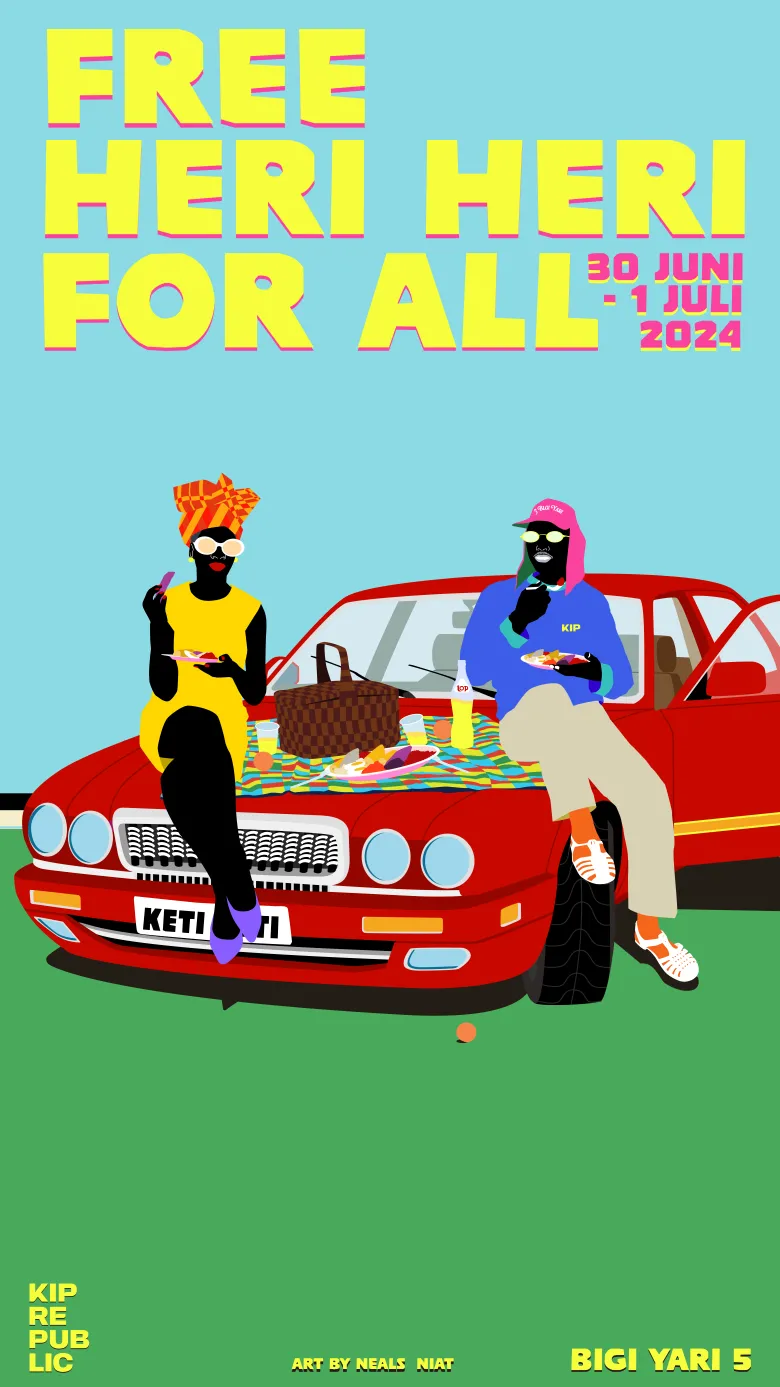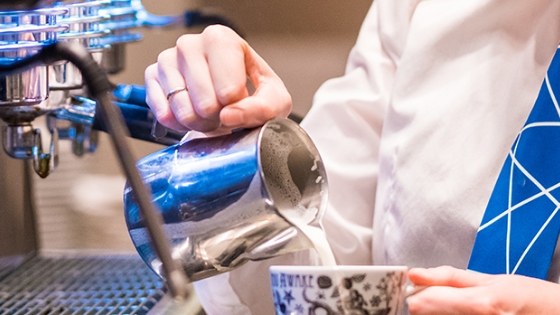The Keti Koti Lecture 2024 is an important moment to reflect on the history of slavery and its lasting impact on the present. This year, the lecture will be given by bestselling author Thomas Harding. This lecture is part of the Commemoration Year of Slavery History program, declared by the government from July 1, 2023, to July 1, 2024. We warmly invite everyone to attend this special evening and to reflect together on the meaning of freedom and justice for all of us.
The Demerara Uprising through Different Eyes
Thomas Harding, whose mother's family amassed wealth through plantations where enslaved people were forced to work, delved into the role of Britain in slavery. His research led him to the Demerara Uprising of 1823: at that time, the largest uprising of enslaved people in the British Empire.
During the Keti Koti Lecture, Harding shares the story of the uprising through the eyes of four individuals: the enslaved man Jack Gladstone, the missionary John Smith, the colonist John Cheveley, and the politician and slaveholder John Gladstone, father of a future British Prime Minister. Harding discusses how his research raised questions about the legacy of slavery today, on cultural, political, and moral levels. Harding explores whether descendants of those who benefited from slavery should take responsibility for the ‘White Debt,’ and emphasizes the urgent need for recognition, education, and reparations.
Maritime Colonial Past
At the Maritime Museum, we tell stories about maritime history from different perspectives, and as a visitor, you will discover the impact the maritime world has on people and societies. The history of slavery and colonial inequality are, of course, part of this maritime history. Therefore, in September, we are opening a new permanent exhibition on the maritime colonial past in the Atlantic region and its influence on our current society.
The Keti Koti Lecture with NiNsee is part of the programming leading up to this exhibition. On June 17, the Trans-Atlantic Slavery History Conference will take place, followed by an evening lecture by Tiya Miles. Additionally, as part of the Atlantic Windows series, Kevin Osepa's installation is currently on display, which you can view for free before the Keti Koti Lecture.
Program
6:30 PM - 7:30 PM: Arrival/Visit Atlantic Window (guest curator Dyonna Benett will be available to answer questions)
7:30 PM - 7:33 PM: Opening by Wendeline Flores
7:33 PM - 7:38 PM: Welcome address by Urwin Vyent (NiNsee)
7:38 PM - 7:43 PM: Welcome address by Michael Huijser (The Maritime Museum)
7:43 PM - 7:48 PM: Introduction of Keynote by Wendeline Flores
7:48 PM - 8:30 PM: Keynote speech by Thomas Harding
8:30 PM - 8:45 PM: Q&A with Wendeline Flores & Thomas Harding
8:45 PM - 9:30 PM: Drinks
The Keti Koti Lecture will be in English.
Admission is free; prior registration is required.


